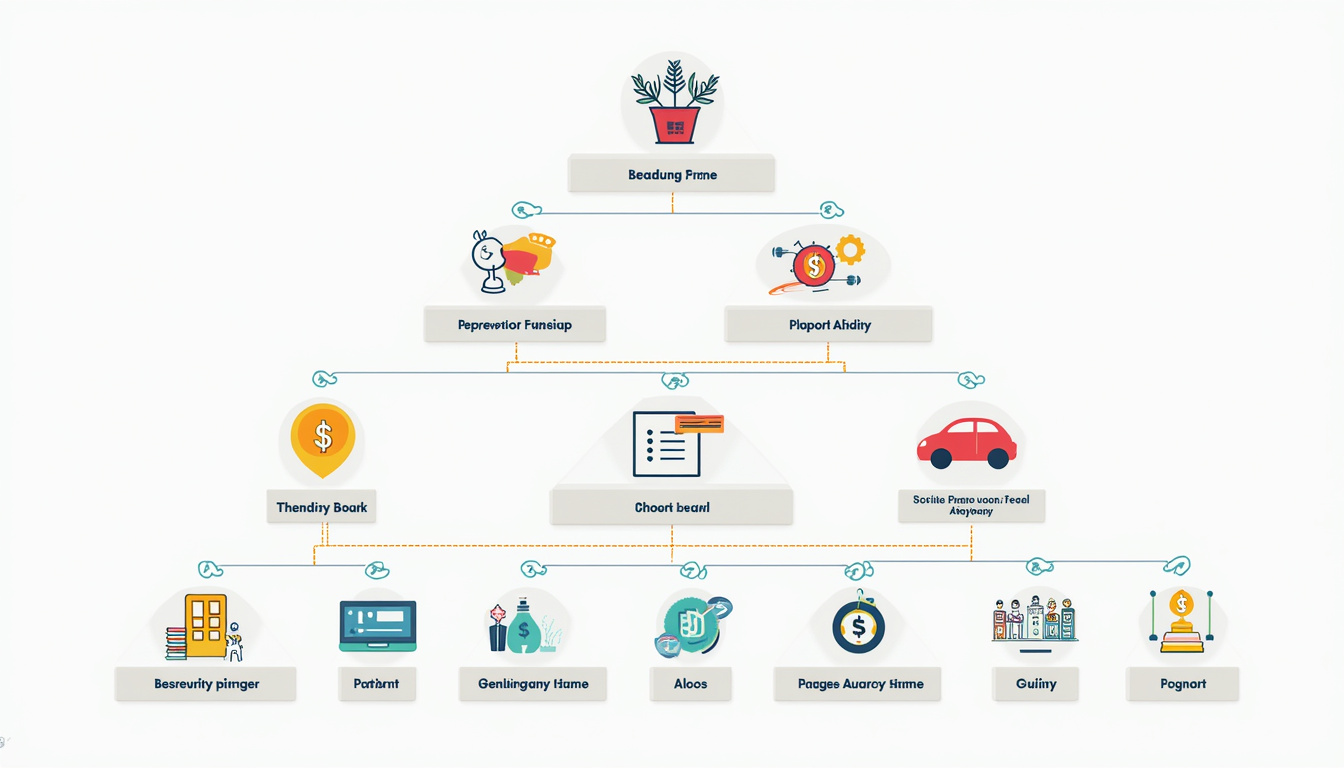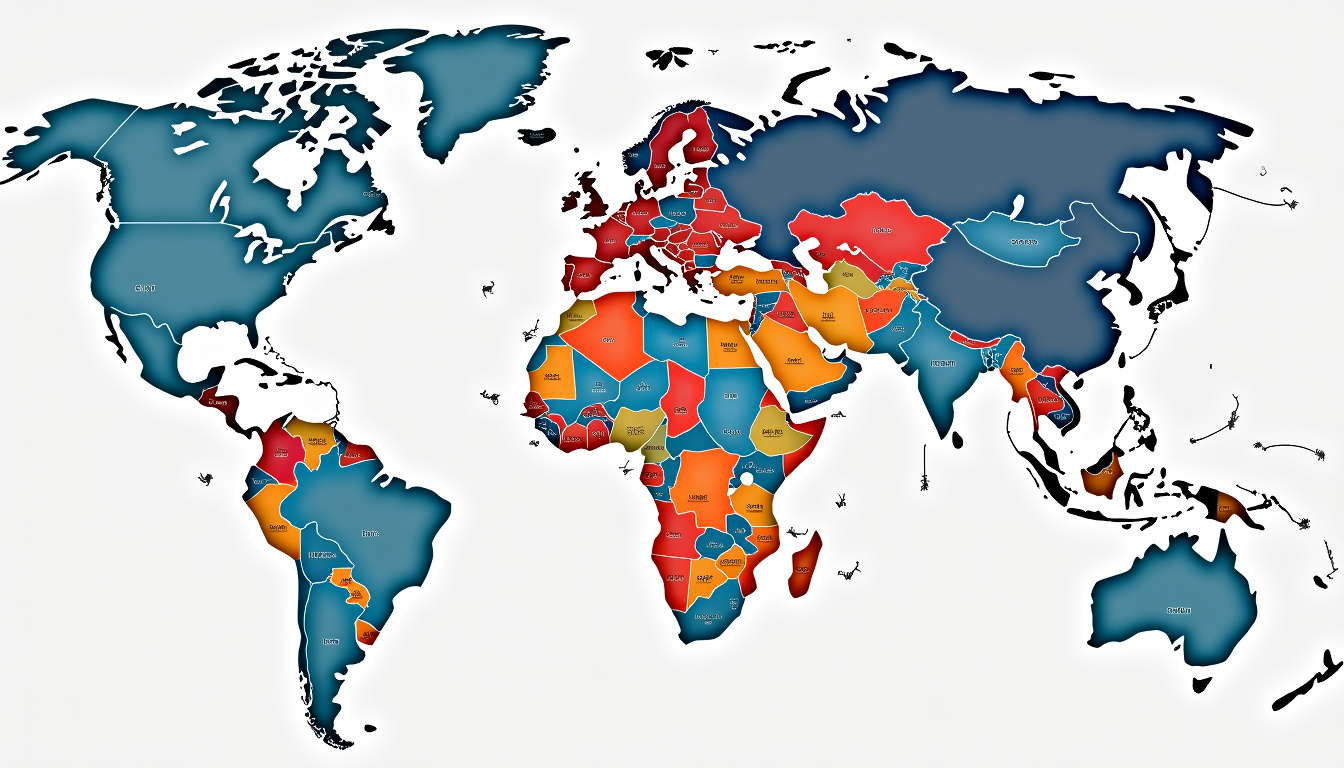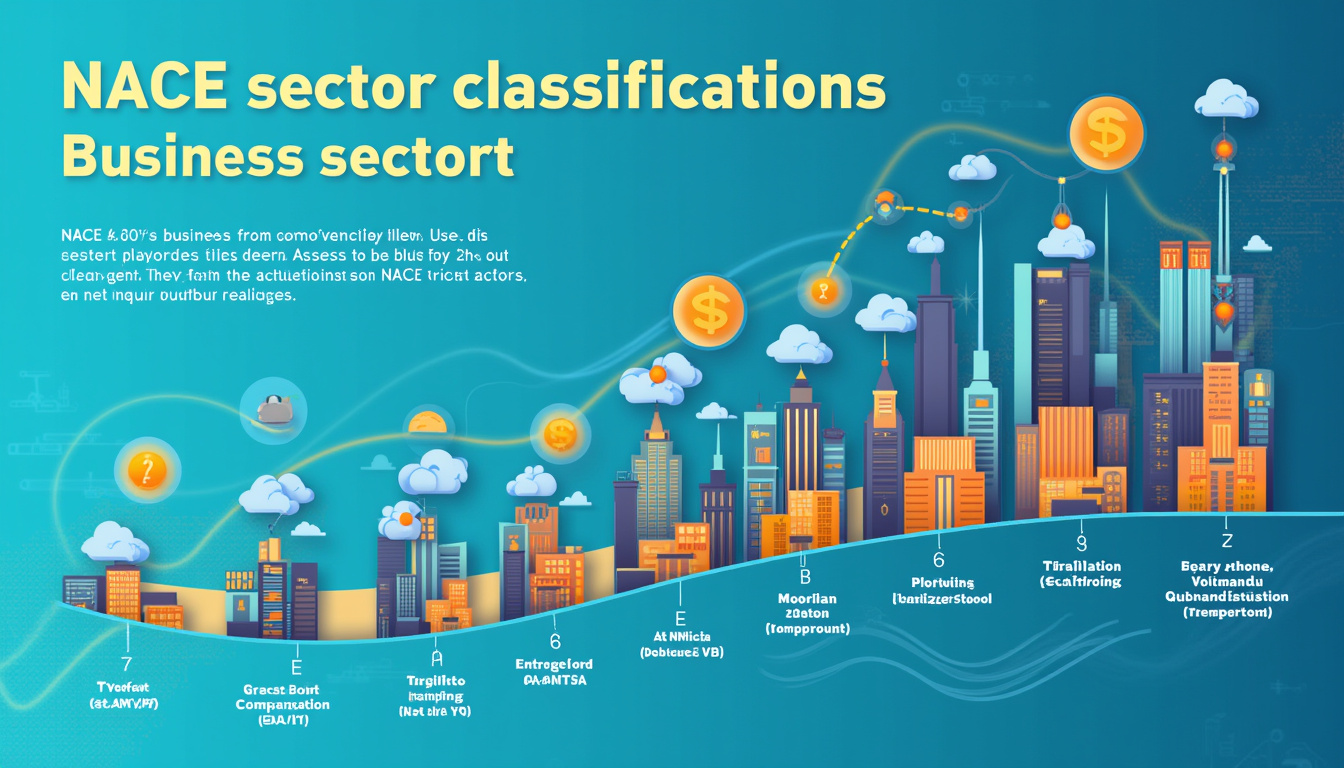When navigating the world of business classification, understanding the NACE codes hierarchy is essential. NACE codes are a standardized system used across the European Union to categorize economic activities systematically. This classification enables businesses, government agencies, and researchers to analyze economic data accurately and efficiently. In this guide, we will delve into the intricacies of the NACE codes hierarchy, explaining its structure, purpose, and how it can aid your business or research needs.
What Are NACE Codes?
NACE codes stand for Nomenclature statistique des Activités économiques dans la Communauté Européenne, or the Statistical Classification of Economic Activities in the European Community. These codes were developed by Eurostat to create a consistent framework for classifying business activities across the European Union.
The primary purpose of the NACE system is to:
- Assist in economic data collection and analysis
- Facilitate comparability of statistics between countries
- Support administrative and regulatory processes
Businesses and organizations across Europe use NACE codes for tax purposes, market analysis, and compliance with legal requirements.
Exploring the NACE Codes Hierarchy
The NACE codes hierarchy is designed for easy navigation through economic activities, ranging from broad sectors to very specific activities. It is structured in a four-level hierarchy:
- Sections (A to U): The broadest level, indicated by letters, representing major sectors of the economy such as agriculture, manufacturing, or services.
- Divisions (2-digit codes): More specific areas within each section. For example, Section C (Manufacturing) contains divisions like 10 (Manufacture of food products).
- Groups (3-digit codes): Further breakdown within divisions to specify types of manufacturing or services.
- Classes (4-digit codes): The most detailed level describing precise activities.
For example, the NACE code C10.11 refers to the class "Processing and preserving of meat," where:
- C represents the manufacturing section
- 10 is the division for food manufacturing
- 10.1 is the group for processing and preserving of meat
- 10.11 is the class level describing the exact activity
This hierarchical design allows for flexibility in data aggregation and precise categorization, making it easier for organizations to classify their economic activities accurately.
Why Is the NACE Codes Hierarchy Important for Businesses?
Understanding the NACE codes hierarchy is crucial for businesses for several reasons:
- Regulatory Compliance: Many countries require businesses to register their primary activity according to the NACE classification.
- Funding and Grants: Eligibility for certain EU funds and grants may depend on the NACE classification of your business.
- Statistical Reporting: Accurate classification helps government agencies and market researchers develop industry insights.
- Market Analysis: Businesses can benchmark performance against similar companies categorized with the same NACE codes.
For businesses seeking to classify their activities accurately, tools such as Classifast can be invaluable. Classifast is an instant classifier and category search platform that provides quick and precise NACE codes based on any text description of a business activity. This service eliminates guesswork and speeds up compliance processes.
How to Use the NACE Codes Hierarchy in Practice
To leverage the NACE codes hierarchy effectively, follow these steps:
- Identify Your Core Business Activity: Write a clear description of your primary economic activity.
- Search for Corresponding Codes: Use official NACE manuals or tools like Classifast to find matching codes by entering your description.
- Select the Most Specific Code: Choose the 4-digit class code that best fits your operations.
- Submit for Registration or Reporting: Use the selected code in your tax filings, company registration, or statistical reporting.
Tips for Accurate Classification
- Use detailed and specific descriptions of your activity.
- Avoid mixing different activities under one code; classify secondary activities separately if needed.
- Keep abreast of updates to the NACE classification system, as Eurostat occasionally revises codes.
Comparison with Other International Classification Systems
While NACE codes are predominant in Europe, other similar classification systems exist globally:
- NAICS (North American Industry Classification System): Primarily used in the United States, Canada, and Mexico.
- ISIC (International Standard Industrial Classification): United Nations standard classification used globally.
- HS Codes (Harmonized System): Used mainly for product classification in international trade.
Interestingly, Classifast supports classification across these standards, not just NACE. This makes it a versatile resource for businesses involved in international trade or operating in multiple regions.

Benefits of Using Classification Tools Like Classifast
Manual classification processes can be cumbersome and prone to errors. Automated classifiers like Classifast offer several advantages:
- Instant, precise matching of business descriptions to codes
- Support for multiple classification standards including NACE codes hierarchy
- Time-saving functionality for businesses, consultants, and statisticians
- Enhanced accuracy reducing the risk of non-compliance
Leveraging such tools ensures that businesses can adhere to best practices in economic classification effortlessly.
Frequently Asked Questions About NACE Codes Hierarchy
1. What is the difference between NACE codes and the NACE codes hierarchy?
The NACE codes hierarchy refers to the structured levels of NACE classification (sections, divisions, groups, classes) that enable detailed categorization. The NACE codes themselves are the actual alphanumeric codes representing specific economic activities within this hierarchy.
2. How do I find the correct NACE code for my business?
You can find the appropriate NACE code by using descriptive tools like Classifast or reviewing the official NACE code lists published by Eurostat. A clear description of your business activity is essential for accurate classification.
3. Can I use NACE codes outside of Europe?
While NACE codes are designed for the European Union, they correspond closely with other systems like ISIC, enabling comparability. However, businesses outside Europe typically use local standards like NAICS but may refer to NACE for international reporting purposes.
Authoritative Source
The official Eurostat website provides detailed documentation about the NACE classification system, including the NACE Rev. 2 structure, ensuring the most accurate and updated information (source: Eurostat NACE Rev. 2).
Conclusion: Master the NACE Codes Hierarchy Now
Understanding the NACE codes hierarchy is no longer optional but essential for any business operating within or with the European Union. This comprehensive classification framework promotes clarity, compliance, and strategic insight in understanding business activities across sectors. To streamline the classification process, empower your business by utilizing intelligent tools like Classifast that provide instant, reliable NACE codes from any business description.
Take the first step towards optimal business classification today—explore how easy and efficient it is to harness the power of the NACE codes hierarchy with professional support at your fingertips!








